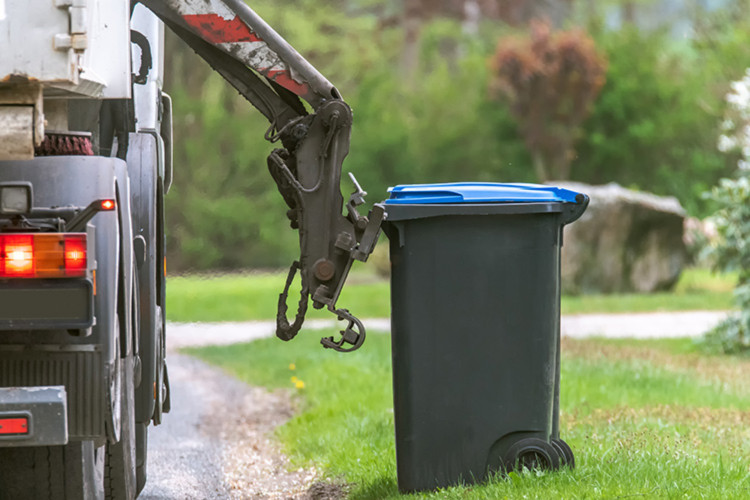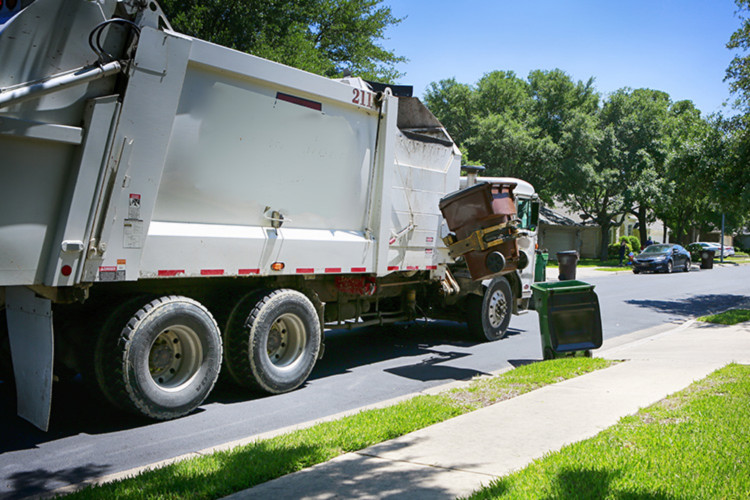Sponsored by:

By: Jessica Cearfoss, Senior Business Development Manager, RouteSmart Technologies
The choice between routing and route optimization is not just about technology, it is also about defining your professional narrative. Embracing route optimization does not just optimize routes, it also elevates your operations, reduces costs, improves safety, and turns waste management into a precision dance of professionalism.
Do you route, or do you route, plan, and optimize? It is not just a question; it is the difference between a wild expedition and a well-choreographed dance in the waste management world.
Think of routing like a road trip with two friends. The first friend looks at the map and chooses the shortest path between Point A and Point B, not considering how bumpy the trip is, how much gas is used, and how much time it will take. Suddenly, you are traveling through a dense forest, across a river, and over a mountain. Your journey ends when you’re stuck in mud and a large grizzly bear approaches. Yikes!
The second friend is skilled in route optimization. This friend does not care about the shortest path, they are all about making your journey smooth, safe, and efficient. Instead of bumping through a forest, you are gliding on a well-maintained road, making safe turns, avoiding traffic jams, and even saving money by stopping fewer times at the pump to fill up your gas guzzler at $3.50/gallon. You make it to your destination happy and safe—and no bears.
If you own, operate, or work for a company that deals in waste and recycling, you may be making a big mistake not deploying route optimization to keep your employees safe, achieve operational efficiency, and deliver outstanding customer service.

Enhancing Operational Efficiency
The use of traditional routing algorithms marks the initiation of the day’s operations. While these algorithms possess a basic understanding of the need for a second pass down a given street, they often lack the sophistication required for optimal efficiency and safety. This may result in routes characterized by inefficiencies and compromises in safety.
Conversely, route optimization emerges as a refined solution. It goes beyond mere acknowledgment of the necessity for a second pass, it intricately factors in the travel network’s complexities. By considering variables such as service speeds, turn preferences, and historical traffic data, route optimization ensures a waste collection journey that not only adheres to safety standards but also enhances operational efficiency. Following are some factors that route optimization takes into account that traditional routing does not.
Turn Preferences
Turn preferences become more pronounced as waste collection vehicles navigate dense urban environments. Traditional routing, with its primary focus on the shortest path, tends to disregard the intricacies of turns, leading to protracted travel times and encounters with sharp, unsafe, or inconvenient turns. Meanwhile, route optimization views the service area as a complex street network, strategically calculating the shortest paths while accounting for turn preferences. This results in a waste collection journey characterized by smooth turns, contributing to both safety and operational efficiency in a professional waste management context.

Time Windows
Time windows, a critical aspect of waste management logistics, are meticulously addressed by route optimization. Traditional routing often overlooks time commitments for each waste collection stop, leading to inefficiencies and missed schedules. Route optimization, however, incorporates required time windows and blackout times into its algorithm. This ensures that waste collection stops are made within specified times, a critical element in adhering to time-sensitive waste disposal regulations, particularly in professional environments where adherence to schedules is paramount.
Demand, Capacity, and Intake
These challenges are met by route optimization. Traditional routing neglects the capacity constraints of waste collection vehicles and the specific demands of each stop, resulting in suboptimal workload distribution. Route optimization rises to the occasion by balancing demand and capacity. This advanced approach ensures equitable distribution of work among the fleet, considering the density and traffic considerations of an area. In a professional waste management setting, this translates to resource efficiency and a reduction in the need for additional trips to the facility.

Service Speeds
Service Speeds come to the forefront as waste collection vehicles traverse varied terrains. Traditional routing algorithms, with their focus on physical distance, often neglect variations in service speeds required during collection versus when deadheading at higher speeds. Route optimization adopts a nuanced approach, accounting for variations in travel speeds. It distinguishes between slower speeds during collection and higher speeds during deadheading, promoting operational efficiency by optimizing routes based on specific service requirements at different stages.
Geographical Density
Geographical density further complicates the waste management narrative. Traditional routing treats all areas equally, disregarding the density of waste collection stops or the intricacies of the road network. Route optimization, however, discerns the subtleties of geographical density. It optimizes routes differently in dense urban areas compared to sparsely populated regions, acknowledging the unique challenges posed by each environment. This adaptability is particularly relevant in a professional waste management context where customization is key to efficiency.

Dynamic Factors
A constant in the waste management dynamic, they are effectively addressed by route optimization. Traditional routing, often reliant on manual lists, necessitates real-time updates by dispatchers and frequent double-backs, leading to additional facility trips to accommodate ongoing changes. Route optimization, equipped with multiple levels of intelligence, emerges as the solution to these challenges. It delivers fast workload distribution, reducing the need for frequent adjustments. In a professional waste management setting, this maximizes productive work per hour while minimizing facility trips, contributing to a sustainable waste collection process.
Embracing Route Optimization
In the waste management world, the choice between routing and route optimization is not just about technology, it is also about defining your professional narrative. Embracing route optimization does not just optimize routes, it also elevates your operations, reduces costs, improves safety, and turns waste management into a precision dance of professionalism. So, waste management wizards, when it comes to optimizing your routes, do not just route—dance your way to garbage collection greatness.
Jessica joined RouteSmart in 2007 and is chartered with developing new business within the waste collection and public works sectors. She has a strong industry and technical background and takes a personal approach to building long-standing relationships with industry professionals, turning that passion into tangible results for clients.
Contact info: [email protected]
